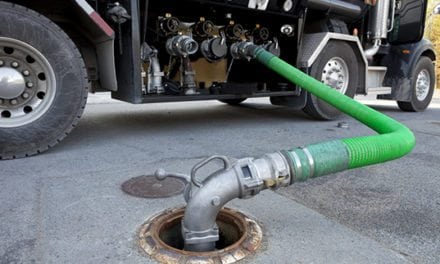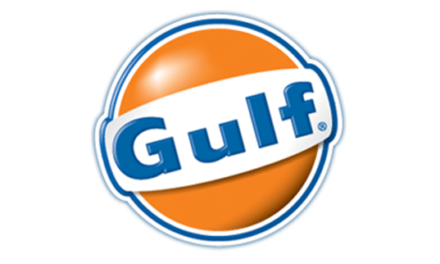Total U.S. petroleum deliveries (a measure of demand) increased by 1.7 percent from July 2012 to average 18.9 million barrels per day last month, according to the American Petroleum Institute (API). This was the highest July level in three years.
“The summer travel season brought greater demand for several fuel types last month than we’ve seen in recent years,” said API Chief Economist John Felmy. “On the supply side, we produced more domestic crude last month than at any other point in the last 22 years.”
Gasoline demand rose 2.2 percent from July 2012 to average 9.0 million barrels per day, the second lowest July level in 13 years. Demand for jet fuel rose 2.3 percent to a 4-year July high, and distillate deliveries increased 8.0 percent to the highest July level in 6 years. Demand for “other oils” rose 0.4 percent from year-ago levels, while deliveries of residual fuel decreased from the prior year by 35.7 percent to a record low for the month of 269 thousand barrels per day.
Refinery gross inputs rose 2.4 percent July 2012 to 16.4 million barrels per day. This was only the second time above 16.0 million barrels per day since August 2011 and the highest level in eight years. Exports of refined petroleum products averaged 3.4 million barrels per day in July, an increase of 6.3 percent over last year and 11.1 percent compared with the previous month.
Gasoline production remained robust, up 0.4 percent from June and 4.2 percent from July 2012 to nearly 9.3 million barrels per day. Production of distillate fuel topped 5.0 million barrels per day for the first time ever, setting a record at nearly 5.1 million barrels per day. This level marked a 5.1 percent increase from June and was 8.4 percent higher than July 2012.
Domestic crude oil production rose 17.4 percent from July 2012, averaging a 25-year July high of nearly 7.5 million barrels per day. This was above 7.0 million barrels per day for the ninth consecutive month and the highest output of any month in the last 22 years. According to the latest reports from Baker-Hughes, Inc., the number of oil and gas rigs in the U.S. in July was 1,766, up from June’s count of 1,761.
Crude oil stocks fell 3.2 percent in July from the prior month and 0.8 percent from the prior year. Crude stocks finished July at an 11-month low of 366.8 million barrels, although this remained the second highest inventory level for the month in 23 years. Stocks of motor gasoline rose 8.0 percent from last year to 226.2 million barrels. Distillate fuel oil stocks ended at 126.3 million barrels, down 0.2 percent from year ago levels.
U.S. total imports in July fell below 10.0 million barrels per day for the fourth time this year. Total imports declined 9.6 percent from the prior year to an average of 9.7 million barrels per day, an 18-year low for the month. With record crude production and crude inventory levels, crude oil imports in July fell to their lowest level in 17 years. The drop to 7.7 million barrels per day represented a 10.5 percent decline from July 2012. Imports of refined products decreased by 6.0 percent from July 2012 to an average of 2.0 million barrels per day.
The refinery capacity utilization rate averaged 91.8 percent in July, up 1.6 percentage points from June but down 1.0 percentage point from July 2012. API’s latest refinery operable capacity was 17.820 million barrels per day, up 3.4 percent from last year’s capacity of 17.230 million barrels per day.
API is a national trade association that represents the oil and natural gas industry.









